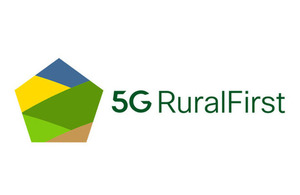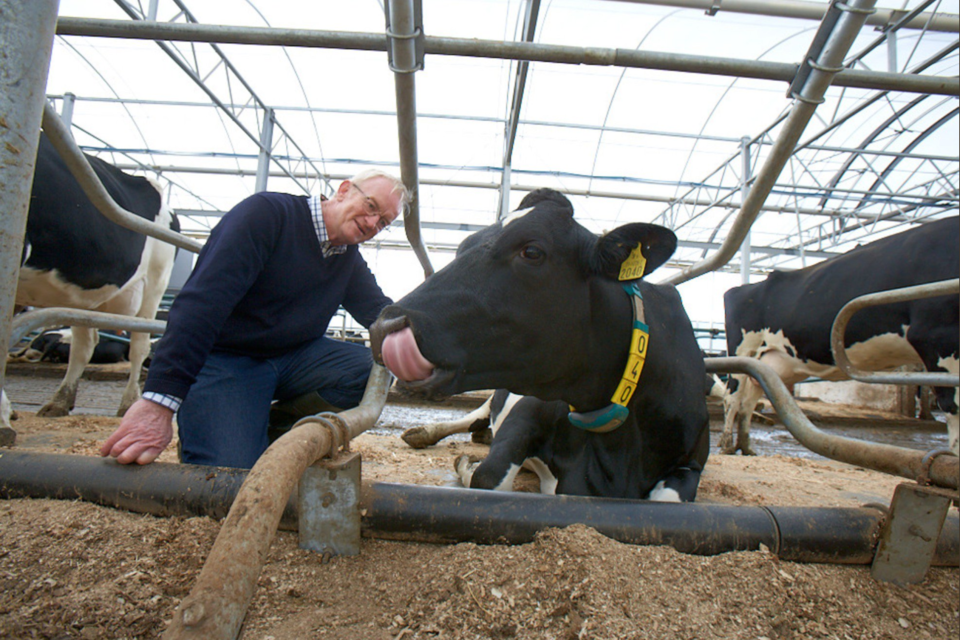5G RuralFirst
This rural 5G testbed tested new approaches and business models

Rural first
The 5G RuralFirst project trialled new wireless and networking technologies, spectrum sharing, and new applications & services across three main sites - the Orkney Islands, Shropshire, and Somerset. The project investigated whether 5G connectivity could be rolled out in hard to reach rural areas where Mobile Network Operators (MNOs) have limited engagement due to low return on investment compared to urban environments. The project used this network to then test 5G use cases in agriculture, tourism and broadcasting.

Tapestry
Key findings
- Fixed Wireless Access (FWA) can be used as a practical alternative to provide homes and businesses superfast broadband in hard to reach locations.
- On Orkney, a LiFi solution, a network backhaul solution which combines communications and energy harvesting, demonstrated robust communication performance in harsh weather conditions and hard to reach rural areas.
- The project explored methods to improve the availability of rural mobile broadband in the 700MHz band, using radio equipment from the University of Strathclyde and using an alternative, or community-owned provider rather than mobile network operators. This was tested in hard to reach areas where there would be no connectivity, or complementing existing services (e.g. on tour buses on the Orkney Islands).
- Insufficient evidence for cost savings or benefits was collected during this demonstrator project to support wide adoption of 5G in rural areas. However, this project was an important first step towards exploring new business models for rural connectivity - for example a community-owned mobile network to provide affordable and reliable connectivity. This is now being further explored in the large-scale rural projects, the Rural Connected Communities.
Use cases

Me+Moo - connected cows
Some of the use cases in the project included:
-
Animal Health Monitoring: In Somerset, the project tested the ability to proactively manage animal health, through monitoring of rumination, fertility and eating patterns.
- 5G enabled devices can help farmers to monitor animal welfare (such as cows), saving an average of 10-14 hours a week in labour time.
- Using Augmented Reality (AR), offering remote veterinarian diagnostics support, enabling farmers to ask advice and see how to care for animals in real time, using voice commands.
- These use cases could potentially bring benefits to farmers once the tech for the applications becomes more effective. When they were first tested, it was not established whether this led to savings.
- Soil quality: 5G enabled drones were able to provide accurate data on the quality of soil in fields potentially saving farmers some survey time.
- FWA/ LiFi: Testing the viability of LiFi (Infra-red) in harsh rural environments, by connecting a number of rural properties using solar panels as receivers.
- Testing the potential of 5G to broadcast content nationwide in a more efficient manner.
- Sustainable Tourism in Orkneys , specifically around cruise line passengers: despite having only 20,000 inhabitants, the Orkney Islands received over 110,000 tourist visitors last year. By demonstrating approaches to increase connectivity for large numbers of tourists and the sensors that could monitor them, the project suggested that future trials may be able to explore a business case for improved tourist management and experiences.
- Connected Wind Farm: Internet of Things (IoT) sensors were installed on a wind turbine, enabling users to monitor equipment integrity as well as weather/wind speed. Installing this tech could potentially help identify potentially dangerous weather conditions, and enable appropriate action to be taken, minimising impact.
Reports
5G RuralFirst: New Thinking Applied to Rural Connectivity - This report outlines the project’s learnings and findings across its consortium members. The report particularly focuses on new business models to stimulate 4G and 5G in rural areas.
Project partners
- Cisco (Lead)
- University of Strathclyde (Lead)
- Afimilk
- Agri-EPI Centre
- BBC
- Broadway Partners
- BT
- Censis
- CloudNet
- DataVita
- Harper Adams University
- Heriot-Watt University
- Hyperceptions
- Kingshay
- Lime Microsystems
- Microsoft
- Milkalyser
- Nominet
- Orkney Islands Council
- Parallel Wireless
- Precision Decisions
- pureLiFi
- Scottish Futures Trust
- Shefa
- Soil Essentials
- Telint
- University of Edinburgh
- Zeetta Networks
- 5G Innovation Centre, University of Surrey
More information can be found on the UK5G 5G RuralFirst page.
Updates to this page
-
Updated case study.
-
First published.